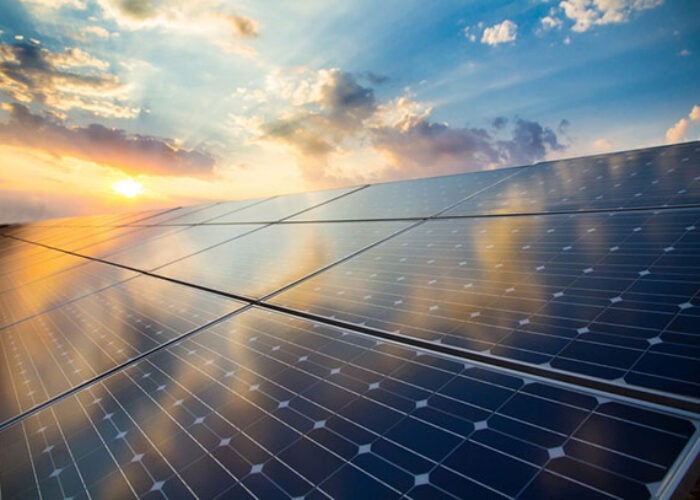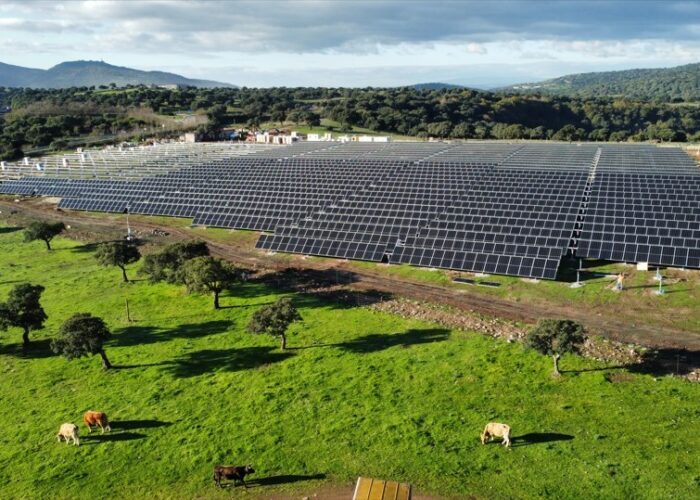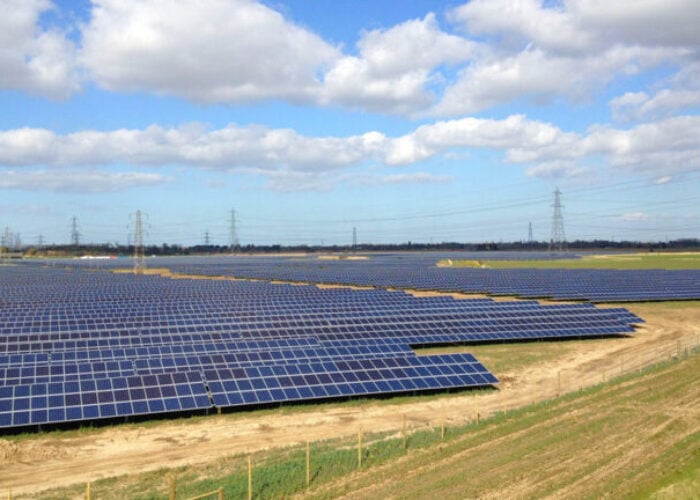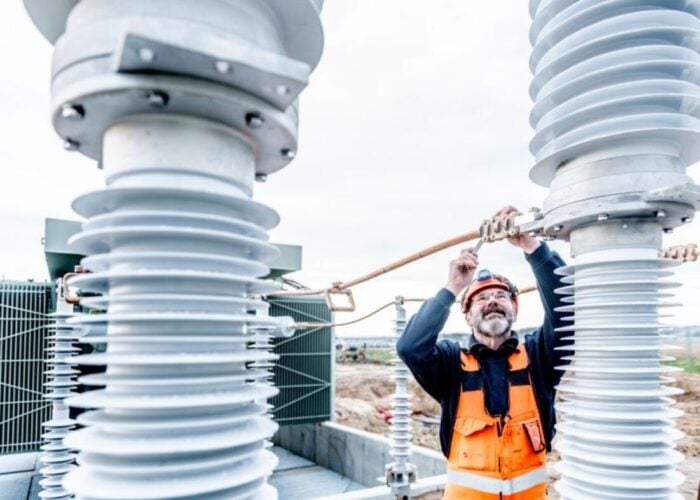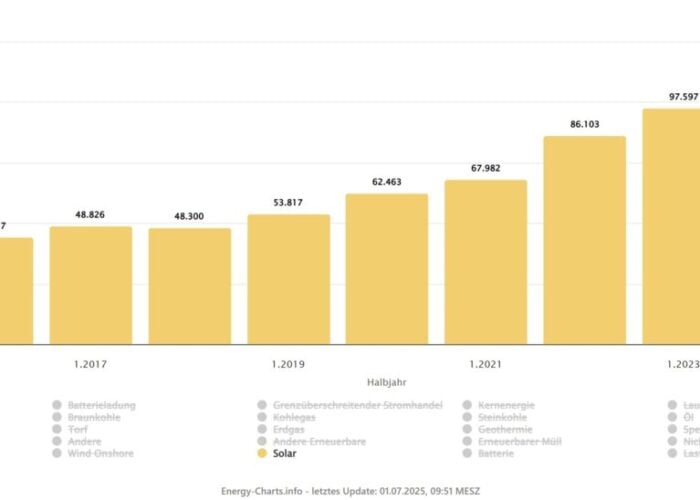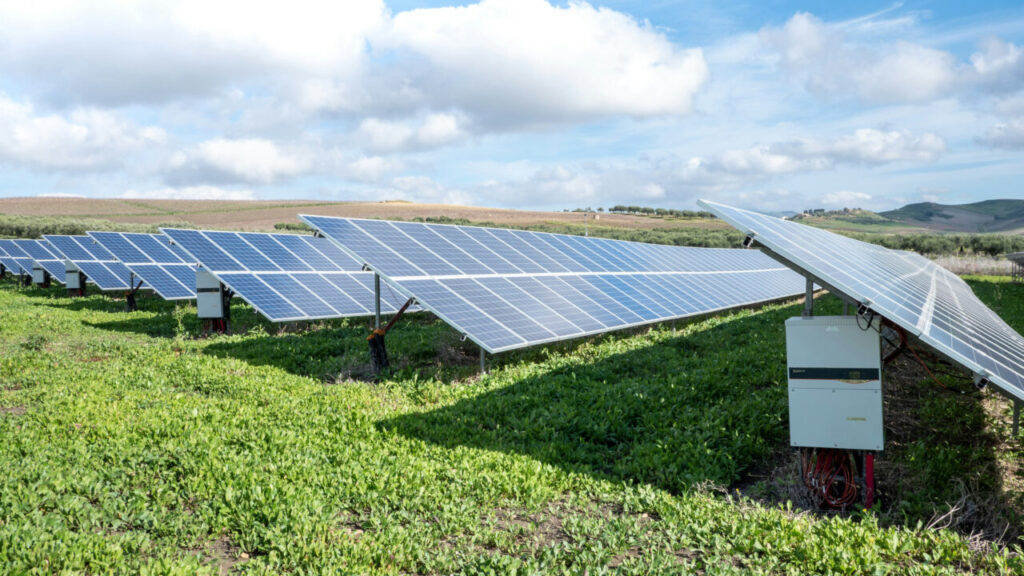
Jonathan Touriño Jacobo looks at Southern Europe, where pricing, grid capacity and a recent prohibition of PV on farmland are causing headaches.
This dedicated region instalment will look at Southern Europe: Portugal, Spain (referred to as Iberia), Italy, Greece, and the Balkans to a lesser extent. The region has seen many developments occur this year (mostly negatively affecting the solar industry), from low electricity prices in Portugal and Spain to record curtailments in Greece to the most recent ban on solar development on agricultural land in Italy.
Unlock unlimited access for 12 whole months of distinctive global analysis
Photovoltaics International is now included.
- Regular insight and analysis of the industry’s biggest developments
- In-depth interviews with the industry’s leading figures
- Unlimited digital access to the PV Tech Power journal catalogue
- Unlimited digital access to the Photovoltaics International journal catalogue
- Access to more than 1,000 technical papers
- Discounts on Solar Media’s portfolio of events, in-person and virtual
Germany aside, Spain and Italy have the highest targets for solar PV by the end of the decade. In their respective updated national energy and climate plans (NECPs), the two countries aim to install 76GW and 80GW of solar PV by 2030 respectively, up from 39.1GW and 52GW in the first plan submitted in 2019.
Portugal and Greece have also both increased their PV targets. Portugal more than doubled its previous one, set at 9GW, and now expects to reach 20GW. Similarly, Greece nearly doubled its target, going from 7.7GW to 13.4GW.
For all these markets, solar PV is expected to play an important role in the renewables transition, although some shadows are looming on the horizon.
Iberia sees red
Since the beginning of February, Spain and Portugal have, more often than not, set the lowest price in the EU. At the end of February and the beginning of March, both countries even spent ten days without crossing the €10/MWh (US$10.82) average price for the day-ahead spot price. It is no longer an anomaly to witness the two Iberian countries having whole days with an average price of nearly €0/MWh.
Speaking about price cannibalisation and, more specifically, Spain and Portugal’s case—which have witnessed negative prices—Dries Acke, deputy CEO at SolarPower Europe, says it is one of the most pressing issues for the solar industry in Europe. “It’s one of the priorities for the solar sector and the renewable sector in general for the next year,” explains Acke, adding that the current price issue in Iberia will happen to the rest of Europe sooner or later.
“It’s a good wake-up call to really work on flexibility resolution, and it’s both on transmission and distribution levels.”
Acke adds that the issue for Iberia is that the two countries are currently operating as an energy island, with very little interconnection with the rest of Europe.
France’s insistence on slowing down a proper cross-border transmission line between Spain and the rest of Europe could be remedied by bypassing the neighbouring country and building a connection with Italy.
“I would bypass France and go to Italy. For Italy, it would make a lot of sense. If you look at the electricity prices in recent months, Italy is one of the few countries where they remain quite high while they went extremely low in Spain and Portugal,” explains Gaëtan Masson, founder and CEO of Becquerel Institute.
This would not only open the doors for Spain and Portugal to export their capacity to Italy but also to the rest of Southern Europe: from Italy to Greece and from there to the Balkans and Cyprus, says Masson, adding: “There is a possibility to do something quite impressive in terms of high voltage transmission lines.”
Obviously, this would be a more long-term solution, given how long (and costly) it would be to build even a single transmission line between Spain and Italy.
Unfortunately, the challenges Spain currently faces are twofold. On one side there’s the nearly 25GW of solar PV projects that received environmental approvals and were granted grid access in 2023 but have yet to be built. And that’s only the tip of the iceberg, with over 100GW of capacity in the country’s pipeline, according to Masson.
With such a high pipeline of solar PV capacity to be built in the coming years, Masson explains that two technologies adjacent to solar are expected to see an increase in development too: storage and green hydrogen.
“You cannot have 100 gigawatts of PV installed in Spain when you have a peak power of around 40-45GW,” adds Masson.
On the other hand, there is the issue of finding enough skilled workers to build all this capacity, even though not all projects will end up being built. With so many projects being greenlit at the same time, Spain has experienced a bottleneck in engineering, procurement, and construction (EPC) capacity. Masson adds: “The salary level for engineers specialised in EPC has doubled in the last few years, in some Southern European countries. It starts to be unsustainable.”
The pace of growth for solar PV in the country stagnated in 2023 with over 7.3GW of installed capacity, combining ground-mounted and self-consumption, compared to the 7.5GW of added solar in 2022.
A recent report from energy think tank Ember on national grid development from European transmission system operators (TSOs) had Spain as the country with the second-highest difference of capacity forecast by TSOs grid plans and SolarPower Europe’s forecasts for the countries. Only Poland, with over 40GW, had a more underprepared grid than Spain (nearly 40GW) to allocate for new solar PV capacity.
However, on the bright side for Spain, it is the European country with the fastest grid expansion growth. Spain is expected to add a fifth of the 25,000 km of new transmission lines planned between now and 2026.
Greece: low demand, high growth of renewables
In the first four months of 2024, Greece has already surpassed the amount of renewables curtailed in the whole of 2023. This can be explained by the fact that electricity demand remains lower than it used to be before the COVID-19 pandemic, explains Panos Kefalas, research lead expert for Southeastern Europe at Aurora Energy Research. “Everyone thought that there would be a fast rebound. But it’s not the case yet, even now in 2024.”
“That is something that took some people by surprise. Because the renewables growth is pretty fast. And it did not slow down during this period. In fact, it grew even faster,” adds Kefalas. With renewables being installed at a much faster pace than demand is growing, one main concern in Greece is how to solve this curtailment issue. This year, the country has even had similar price issues as Spain and Portugal, with negative or near-zero prices which could become more frequent in the future.
“Hydrogen should be the key factor that will increase demand, but it will take time. It will not be in the next three or four years. It will take a bit longer.”
Implementing injection limits to solve the grid congestion
Kefalas adds that in addition to the increased curtailment issue the country has been facing since the beginning of the year, the conversation about injection limits arose. This measure was implemented last year across technologies and caps the power capacity a project could provide to the grid.
The idea behind that temporary solution from Greece was to put a limit to virtually save grid space, while the network is being built to accommodate for more capacity, explains Kefalas.
Currently, that limit is set at up to 72% of a project’s installed capacity for solar PV. “On an annual level, this could drop your total generation by 2% to 4%,” says Kefalas, adding that this drop is not huge due to solar plants not ever reaching 100% load factor, yet still a non-deniable constraint.
However, Kefalas says that talks of reducing it even further to a 55% limit could potentially harm further the investment return of a solar plant. One solution to that problem will come through storage, and more particularly co-location of solar PV with battery energy storage systems (BESS).
Kefalas expects solar-plus-storage to become increasingly more important in Greece, where standalone solar projects will struggle to get grid connection. “More and more we hear from players that they’re actually thinking of co-location as a standard way forward. They will now rarely consider now a standalone project.”
Upcoming auctions for co-location and securing a Contract for Difference could help kickstart the market a bit faster, adds Kefalas.
Speaking of the role interconnectors could play in solving the curtailment issue and the low power demand Greece is facing, Kefalas said it could be a “game changer” in the long run, enabling countries in southern Europe to export their excess capacity to the north of the continent.
“The interconnectors could certainly play a huge role in combating this. But it’s quite complex in the sense that it’s not just the Greek market solving it. If you have an interconnector that passes through four or five countries, you need to have these countries cooperating and the TSOs agreeing in their investment plans to include parts of it,” explains Kefalas.
This would also apply to green hydrogen, adds Kefalas, as Spain and Greece are expected to have the lowest production costs for green hydrogen. However, this would depend on how easily green hydrogen can be transported throughout the continent.
“The growth of solar in Greece depends very heavily on the ambition and materialisation of hydrogen plants. Without these, the local demand is not enough to absorb a lot more [solar capacity],” concludes Kefalas.
Italy bans solar on agricultural land
Probably the most impactful recent development has been the decision from the Italian government to ban the development of solar PV on agricultural land. Although ongoing projects waiting for approvals would not be affected by this newly implemented ban, it is a decision that could end up costing €60 billion to the solar industry, according to figures from trade association Italia Solare.
The government’s rule constitutes a complete ban on ground-mounted solar PV projects on land classed as agricultural. According to agriculture minister Francesco Lollobrigida, the policy is intended to preserve Italy’s productive agricultural land and “put an end to the wild installation of ground-mounted photovoltaics”.
In a letter to Italy’s President, Giorgia Meloni, Italia Solare argued that only 1% of the country’s non-used agricultural land could provide half of the 50GW still needed to reach the 80GW solar PV target set by 2030. The other half would be added through rooftop solar.
As mentioned earlier by Masson, Italy is one of the few European countries where electricity prices have still remained high and the ban could impede the construction of utility-scale solar capacity that could help lower prices, explained Italia Solare in its letter.
Italy is among the European countries with a high interest in agrivoltaics (agriPV), as shown by the Italian government’s decree deploying €1.7 billion toward the development of 1GW of agriPV in February of this year.
The confluence of agriculture and solar is an important topic for the solar industry, not just in Italy but across Europe in general. Acke argues that the Green Deal still needs to happen for the farmers. “Politically, it just is so important that we, as a solar sector, have a solution that is part of the puzzle of such a Green Deal,” explains Acke.
This comes after the country had its best year in nearly a decade with more than 5GW of solar PV installed in 2023. Numbers not seen since 2011, when it reached a record 9.5GW of added capacity.
Solar is yet to soar in other markets
Unfortunately, aside from Portugal, Spain, Italy and Greece, the south of Europe does not have a major market for solar PV. And even those countries outside the EU do not seem to show any promise.
Within the EU, Malta, Cyprus and Croatia have very low targets for renewables and are among the very few countries with less than 1GW of total installed solar capacity. None of these countries’ revised national energy and climate plans (NECPs) has a target higher than 1GW for solar PV by 2030. Only Croatia has a stark discrepancy between its target in the NECP and SolarPower Europe’s estimates for the country. The trade association expects the Adriatic country to reach 5.7GW of installed solar capacity by the end of the decade. This would make Croatia a much more interesting country to develop solar PV in the coming years.
At this moment, wind continues to be favoured in Croatia as tariffs for that technology are higher than solar PV, says Kefalas.
The Balkans do not seem any better than these three, with Masson quite sceptical about the role of solar PV in these countries. “I’m still unconvinced of the level of maturity of the political class to put in place the right regulations in any of them.”
“The challenges in the Western Balkans are not yet so specified, and so visible, because the market has not developed,” says Kefalas, adding that due to the Western Balkans’ still being in the infancy of a solar PV market, it is more about how to manage not having the same challenges than other Southern European markets.
It is worth highlighting a recent memorandum of understanding between the Serbian government and Chinese firm Hunan Rich Photovoltaic Science and Technology aims to build a 1GW solar module assembly plant in Serbia, along with the construction of a 200MW solar PV project. Both the module assembly plant and the 200MW solar PV project could be a big boost for the country to attract more interest in developing solar PV in Serbia.

